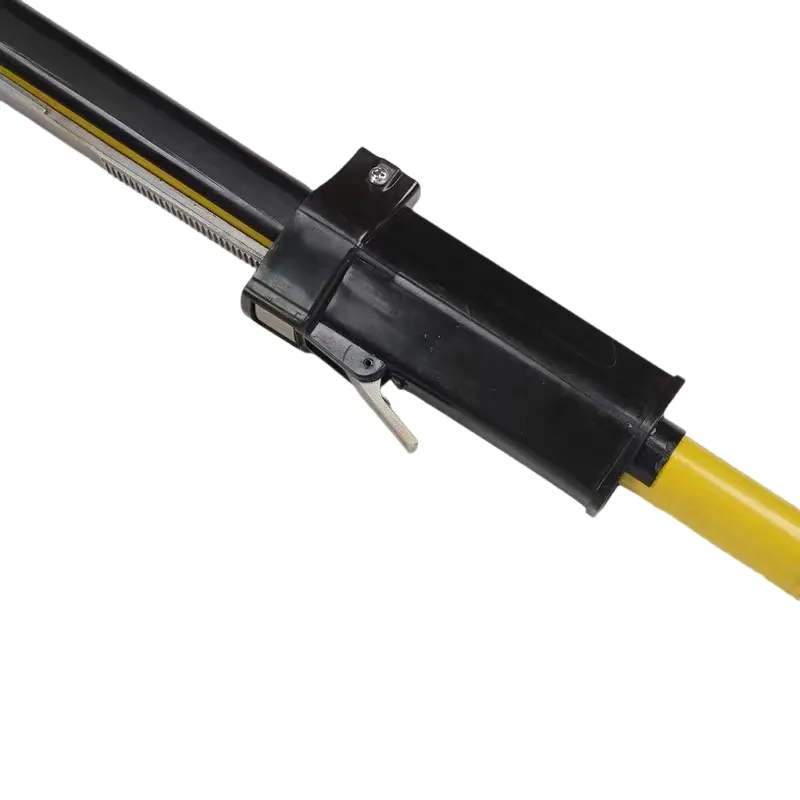
-
 Afrikaans
Afrikaans -
 Albanian
Albanian -
 Amharic
Amharic -
 Arabic
Arabic -
 Armenian
Armenian -
 Azerbaijani
Azerbaijani -
 Basque
Basque -
 Belarusian
Belarusian -
 Bengali
Bengali -
 Bosnian
Bosnian -
 Bulgarian
Bulgarian -
 Catalan
Catalan -
 Cebuano
Cebuano -
 Corsican
Corsican -
 Croatian
Croatian -
 Czech
Czech -
 Danish
Danish -
 Dutch
Dutch -
 English
English -
 Esperanto
Esperanto -
 Estonian
Estonian -
 Finnish
Finnish -
 French
French -
 Frisian
Frisian -
 Galician
Galician -
 Georgian
Georgian -
 German
German -
 Greek
Greek -
 Gujarati
Gujarati -
 Haitian Creole
Haitian Creole -
 hausa
hausa -
 hawaiian
hawaiian -
 Hebrew
Hebrew -
 Hindi
Hindi -
 Miao
Miao -
 Hungarian
Hungarian -
 Icelandic
Icelandic -
 igbo
igbo -
 Indonesian
Indonesian -
 irish
irish -
 Italian
Italian -
 Japanese
Japanese -
 Javanese
Javanese -
 Kannada
Kannada -
 kazakh
kazakh -
 Khmer
Khmer -
 Rwandese
Rwandese -
 Korean
Korean -
 Kurdish
Kurdish -
 Kyrgyz
Kyrgyz -
 Lao
Lao -
 Latin
Latin -
 Latvian
Latvian -
 Lithuanian
Lithuanian -
 Luxembourgish
Luxembourgish -
 Macedonian
Macedonian -
 Malgashi
Malgashi -
 Malay
Malay -
 Malayalam
Malayalam -
 Maltese
Maltese -
 Maori
Maori -
 Marathi
Marathi -
 Mongolian
Mongolian -
 Myanmar
Myanmar -
 Nepali
Nepali -
 Norwegian
Norwegian -
 Norwegian
Norwegian -
 Occitan
Occitan -
 Pashto
Pashto -
 Persian
Persian -
 Polish
Polish -
 Portuguese
Portuguese -
 Punjabi
Punjabi -
 Romanian
Romanian -
 Russian
Russian -
 Samoan
Samoan -
 Scottish Gaelic
Scottish Gaelic -
 Serbian
Serbian -
 Sesotho
Sesotho -
 Shona
Shona -
 Sindhi
Sindhi -
 Sinhala
Sinhala -
 Slovak
Slovak -
 Slovenian
Slovenian -
 Somali
Somali -
 Spanish
Spanish -
 Sundanese
Sundanese -
 Swahili
Swahili -
 Swedish
Swedish -
 Tagalog
Tagalog -
 Tajik
Tajik -
 Tamil
Tamil -
 Tatar
Tatar -
 Telugu
Telugu -
 Thai
Thai -
 Turkish
Turkish -
 Turkmen
Turkmen -
 Ukrainian
Ukrainian -
 Urdu
Urdu -
 Uighur
Uighur -
 Uzbek
Uzbek -
 Vietnamese
Vietnamese -
 Welsh
Welsh -
 Bantu
Bantu -
 Yiddish
Yiddish -
 Yoruba
Yoruba -
 Zulu
Zulu


พ.ย. . 09, 2024 23:46 Back to list
Rodding Techniques for Efficient Conduit Installation and Maintenance
Understanding Rodding in Underground Conduit Systems
Rodding, a term frequently associated with cable and utility installation, refers to the practice of using a rod-like tool to aid in the placement and management of wires and conduits in underground systems. This technique is essential not only for ensuring the efficient installation of electrical and communication lines but also for maintaining the integrity of these systems over time.
When planners and engineers design underground conduit systems, they often choose a network of pipes or tubes to house various types of cabling, including electrical wiring, fiber optics, and telecommunications cables. These conduits safeguard the cables from physical damage, corrosion, and environmental factors. However, the installation of these conduits requires significant planning and physical effort. This is where rodding comes into play.
Understanding Rodding in Underground Conduit Systems
One of the primary advantages of using rodding techniques is the reduction of physical strain on workers. Instead of manually dragging heavy cables through potentially long stretches of conduit, the rod acts as a guide, making the process more efficient. Rodding allows technicians to navigate tricky bends and turns in the conduit system, minimizing the risk of damage to the cables.
rodding conduit

Moreover, rodding systems can be equipped with attachments like cameras or other diagnostic tools, further enhancing their utility. For instance, a camera attachment can provide visual feedback to determine whether an obstruction is present in a conduit or to inspect the integrity of cabling already in place. This diagnostic capability is essential for routine maintenance and for troubleshooting issues that may arise over time.
The process of rodding also varies depending on the type of conduit and the specific installation scenario. For example, in rigid conduit systems, where sections are securely joined to create a sturdy structure, rodding might involve different techniques than in flexible conduit systems. Flexibility allows for easier navigation but requires careful handling to prevent kinking, which can cause long-lasting issues in communication and electrical integrity.
Training is critical when it comes to the effective and safe use of rodding techniques. Professionals in the field must be knowledgeable about the types of conduits they are working with, the properties of the materials being installed, and the appropriate tools and techniques to exercise. Safety protocols must also be adhered to, especially when dealing with underground utilities, to prevent accidents and injuries.
In summary, rodding is an indispensable technique in the installation and maintenance of underground conduit systems. By allowing for efficient cable placement while protecting the assets involved, rodding enhances the overall effectiveness of electrical and communication networks. As technology continues to advance, the tools and techniques associated with rodding will likely evolve, providing even more robust solutions to meet the growing demands of our interconnected world. The ability to navigate underground systems efficiently ensures that as society becomes increasingly reliant on technology, our infrastructure remains intact and operational.
Latest news
What Are Construction Tools and How Are They Used?
NewsJul.11,2025
Professional-Grade Duct Rodding Tools for Superior Cable Installation
NewsJul.11,2025
Enhancing Safety and Efficiency with Modern Hot Stick Solutions
NewsJul.11,2025
Empowering Cable Installation with Advanced Rodder Solutions
NewsJul.11,2025
Elevate Your Cable Installation Projects with Cable Pulling Tools
NewsJul.11,2025
Efficient Cable Handling Solutions: Cable Rollers for Sale
NewsJul.11,2025











